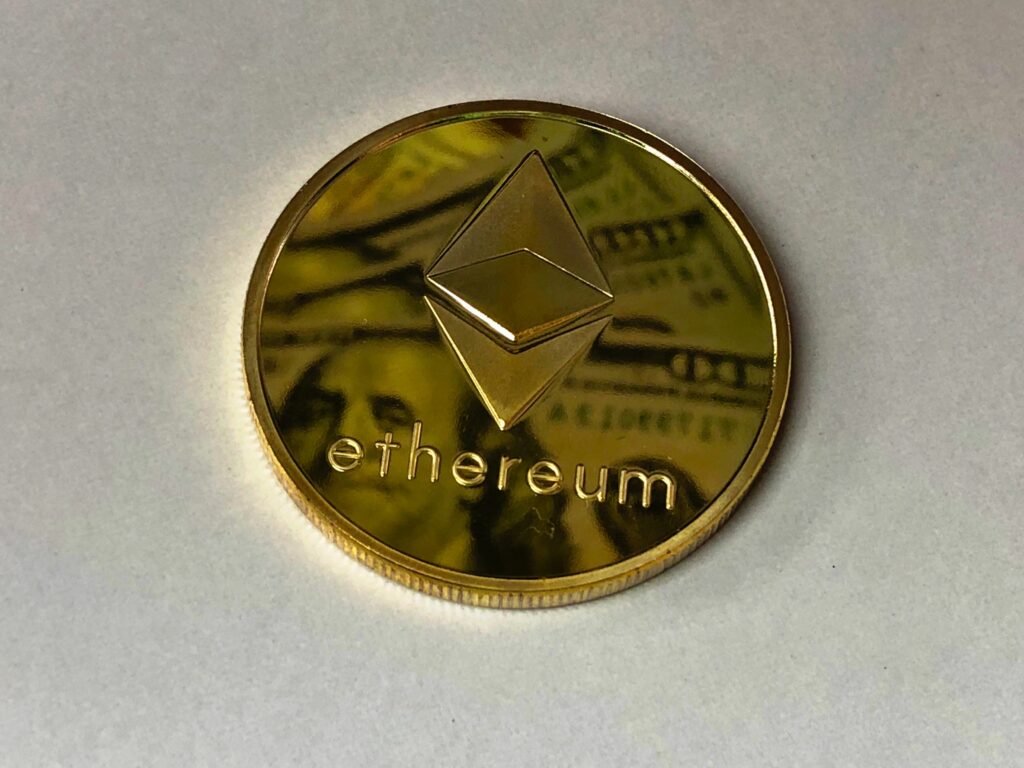Blockchain technology has revolutionised how we think about asset ownership, management, and investment. Tokenization is one of the many innovations that have arisen from this technology. It can disrupt existing asset life cycles, accelerate product innovation, and create customised, hyper-personalised options for investors.
This article will explore tokenization and how it differs from traditional methods. We will delve into the benefits and drawbacks of tokenization, examine real-world use cases, and analyse market statistics to gain a deeper understanding of this transformative technology.
What Is Tokenization?
Tokenization is a process that involves converting traditional assets, such as real estate, artwork, or securities, into digital tokens that can be traded on blockchain networks. These tokens are essentially digital representations of the underlying assets.
They provide investors with a way to own and trade assets in smaller fractions rather than owning the entire asset outright. This allows for increased liquidity, lower barriers to entry, and greater transparency. Think of it like a digital representation of a physical asset, which can be bought and sold in smaller parts, with ownership tracked securely and transparently on a blockchain network.
One real-world example of tokenization in finance is the tokenization of company shares. In traditional finance, owning shares in a company means holding a paper certificate or digital record representing a percentage of ownership. This makes it difficult to trade or sell smaller portions of the shares, as the minimum tradable amount is usually one full share.
With tokenization, a company can convert their shares into digital tokens representing smaller ownership fractions. For example, a company could tokenize its shares, with each token representing one thousandth of a share. Investors can then purchase as many tokens as they wish, allowing them to invest in the company with smaller amounts of capital.
Another example is payment card tokenization. Payment card tokenization is replacing sensitive payment card information, such as the card number, with a unique token. This token can then be used in place of the actual card information for payment transactions. Here is a simplified explanation of how payment card tokenization works:
When a customer provides their payment card information during a transaction, the merchant’s payment processor securely captures the information.
The payment processor then generates a unique token to represent the card information.
The token is securely stored in the payment processor’s system, along with reference to the original card information.
When a payment transaction is initiated using the token, the payment processor retrieves the original card information using the reference and completes the transaction on behalf of the customer.
The merchant never sees or stores the customer’s payment card information, which helps to protect against data breaches and fraud.
The token can only be used for transactions with the specific merchant or payment processor that generated it and is useless to anyone who may intercept it.
Overall, payment card tokenization helps to increase the security and privacy of payment transactions by reducing the amount of sensitive information that is shared and stored.
The Technology Behind Tokenization
The technology behind tokenization is based on blockchain, a distributed ledger technology that allows for secure, transparent, and tamper-proof data recording. When an asset is tokenized, it is converted into a digital representation on the blockchain network. This digital representation is called a token, essentially a unique string of code representing ownership of the underlying asset.
Tokens can be programmed to represent various types of assets, such as real estate, artwork, stocks, or commodities. The programming of tokens can be customised to meet the specific needs of the asset being tokenized. For example, a token can be programmed to represent a certain fraction of an asset, or it can be programmed to pay out a certain percentage of returns on the asset.
Tokenization also offers greater transparency and security. Because ownership of tokens is recorded on a blockchain network, it is tamper-proof and transparent. This makes it easier to verify ownership and track the movement of assets, which can help to prevent fraud and other illegal activities.
Read the full article here.






